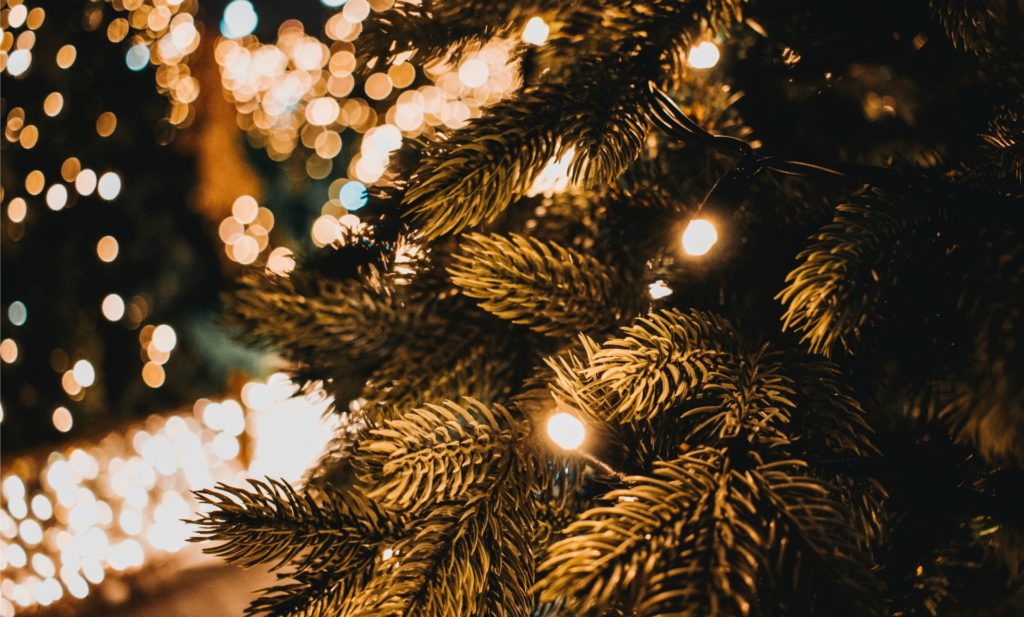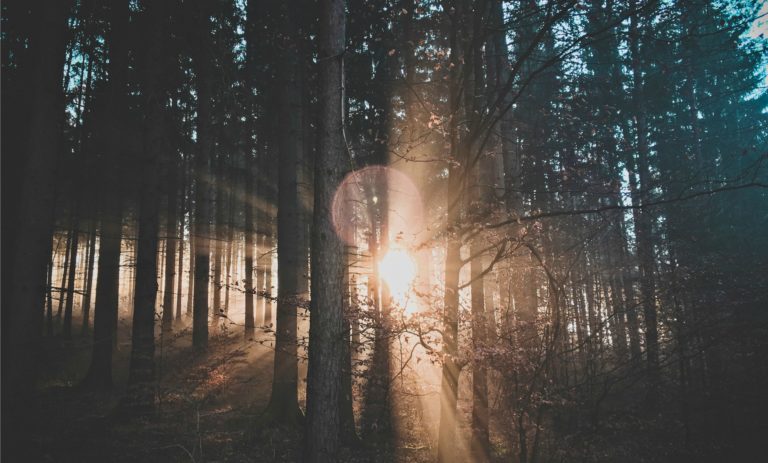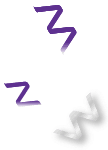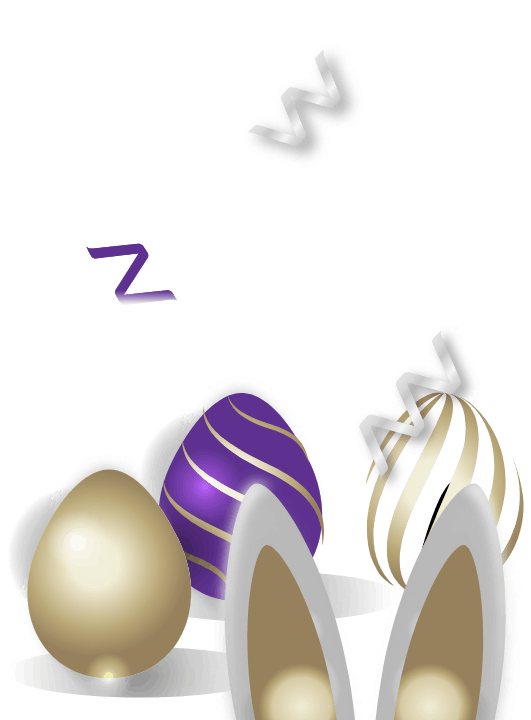Ahead of his visit to triyoga in January 2020, astrologer Gahl Sasson explores the winter solstice from a psychological, symbolic and astrological perspective. Read on to deepen your knowledge about this powerful day from one of our favourite cosmic guides. Booking details for Gahl’s upcoming workshop, astrology readings and past life regression appointments are also shared below.
The winter solstice, the shortest day of the year, is the day we encounter the least amount of light. The winter solstice has proven to be rather traumatic for many cultures in the Northern Hemisphere. As we progress toward the winter solstice, the days are stripped of their light. Everything becomes dark and gloomy. Early stargazers and shamans recognized this phenomenon and its deleterious effect on human mood and behavior. For example, in pre-Columbian Mexico, some cultures sacrificed people in a macabre effort to appease the sun god. They speculated that the sun, which slowly diminished around the winter solstice, demanded the blood of human sacrifice in order to grow strong again.
Winter blues
Contemporary psychologists have dubbed the winter blues S.A.D., which stands for seasonal affective disorder. They recognised that humans, animals, and plants react to the changing seasons, a conclusion that astrologers from all over the world have been aware of for thousands of years. The symptoms of S.A.D. include oversleeping, a need for a nap in the afternoon (as in, a siesta), a craving for carbohydrates that contribute to weight gain, grouchiness, melancholy, and antisocial behavior. Bears have found a practical solution to winter depression. They just go to sleep. Psychologists devised a different remedy. They expose the patient to light. They call it light therapy.
Ancient festivals of light
All over the world, wise elders, storytellers, religious teachers, and astrologers lit upon another solution. I am sure that you and your family have already practised this same preventive medicine many times before. It’s called the holiday season, or to be more specific, Christmas, Hanukkah (in 2019 celebrated Dec 22 – 30), Kwanza, Saturnalia, and Yule, just to name a few. Our astute ancestors, like modern-day psychologists, could not help but notice that people’s moods sour as the days grow shorter. Versed in the practical applications of the ancient alchemical axiom of “as above, so below,” they figured that as the light slowly disappeared above, people’s energy levels declined correspondingly below. In order to enliven their communities, these ancients decided to concoct holiday festivities to crown the winter solstice with special significance. During the darkest time of the year, they created the holidays of light. You can call holidays the real light therapy. Hanukkah, also known as the Festival of Lights, was created to counter the growth of darkness both outside and in. During this holiday, Jews from all over the world spend eight days lighting candles. Hanukkah evokes a kind of sympathetic magic designed to abet the growth of light. We light eight candles (eight is the symbol of infinity), and once we reach eight candles on the eighth day, it seems as if the light has achieved a critical mass that will enable it to shine thereafter on its own.

The symbolism of the season
The Celts similarly ignited bonfires on the mountaintops during Yule for this same purpose: to beckon light into a darkening world. During Christmas, we drape the treetops in sparkling lights. When you visit any mall or city centre around Christmas, you will see light therapy in action. The shops and front yards sparkle with so much light that you barely notice the burgeoning darkness of the night. More recently, humankind has invented another technique to fight the winter blues. It’s called shopping therapy, but its efficacy is short-lived. Shopping’s invigorating boost usually lasts until the first credit-card statement arrives in January. Shopping therapy derives loosely from Kabbalistic spiritual principles, but I have to say that in the last two centuries it has spun a little out of control. Kabbalah works on the principle of giving and receiving, and in the times of darkness, we are encouraged to generate love and happiness by giving and receiving gifts. We bring a green tree (the Tree of Life) into our living room and surround it with presents. Jewish tradition calls on us to give chocolate golden coins (called Hanukkah gelt) to children.
The chocolate, of course, contains enough sugar to make the kids high enough to forget the dreariness of winter.
The winter solstice heralds the darkest day of the year. But it also heralds a marvel.
Legendary Capricorns
Another big question relating to Hanukah and Christmas:
What do Jesus Christ; Apollo and his lovely twin, Artemis; Marduk (the Mesopotamian Jupiter); Cernnunos (the horned Gallic god); Mithras (the Babylonian sun god); Baal (the Canaanite god); Bel (the Celtic sun god); Balder (the Norse god); Attis (the Phrygian savior); and Horus (the Egyptian sun god) all have in common?
They were all born on the same day. Their birthdays land on the winter solstice, which means they are Capricorns. (Jesus Christ, as we noted in the chapter on Aries, is a Capricorn by proxy).
This shared birthday teaches us a profound spiritual truth: in the moment of bleakest darkness and despair, when all seems lost, our higher self, the spark of god and goddess within us, is born. When we hit rock bottom, our savior – our genuine divine nature – comes to the rescue.
An esoteric view
Astrology views the longest night of the year as the great womb of the Mother Goddess, who gives birth on that day to the god of Light. Spanish uses the phrase dar luz, which means “to give light,” to describe any birth. In the wake of this astrological birth, the womb of the goddess – code for the all-encompassing darkness of the night – begins to contract. Like the night from this day forward, it shrinks smaller and smaller, while the baby called Light expands and grows. The winter solstice, according to esoteric astrology, therefore equals the gateway of the gods…











